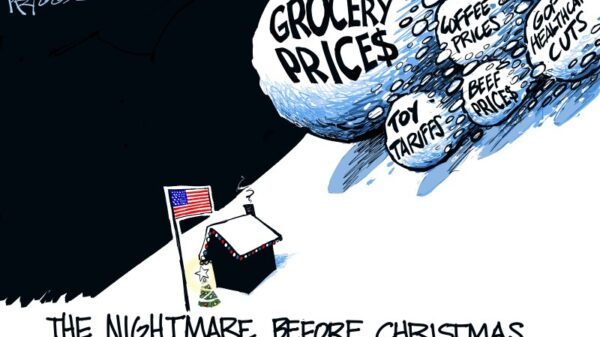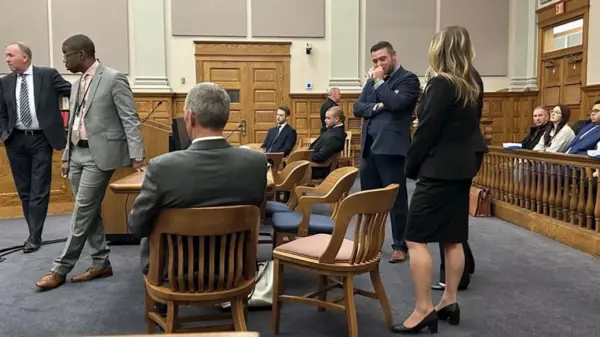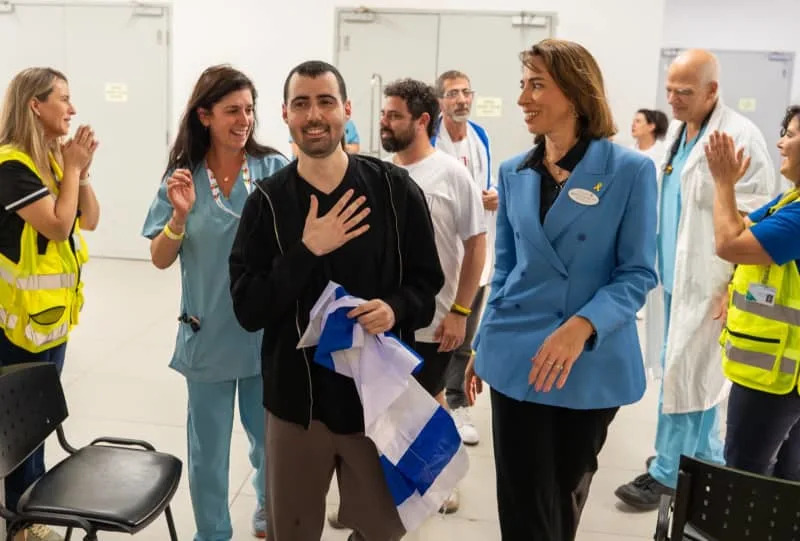Families of former hostages in Gaza received emotional letters from their loved ones this week, written during their captivity. Guy Gilboa-Dalal and Alon Ohel, who were released on October 2, 2023, after more than two years of detention, communicated their longing for home through these letters, which were delivered by the International Committee of the Red Cross (ICRC).
The letters were penned in late August 2023, a time coinciding with Israel’s renewed military operations in Gaza City. According to reports from KAN, the letters were written under duress, as hostages were compelled by Hamas to send messages to their families. Gilboa-Dalal’s father, Ilan Dalal, revealed the contents of his son’s letter, which included a heartfelt wish to be released before his younger sister’s upcoming 18th birthday in December.
In his letter, Gilboa-Dalal expressed deep emotional connections, stating, “I saw Gal and Eli together in a TV report with our shirts on. I don’t stop thinking about you, and thoughts of you give me strength.” This poignant message provided hope to his family regarding his well-being during captivity.
Ohel’s letter conveyed similar sentiments, as he articulated his longing for family and recounted the challenges he faced. Both letters, characterized by neat handwriting and coherent thoughts, were seen as indicators of their mental state, providing a glimmer of hope to their loved ones.
Timing of the Letters Raises Questions
The timing of these letters has raised concerns among Israeli officials. It is believed that Hamas intentionally facilitated communication with the ICRC during this period to demonstrate that Israeli hostages were located in areas that could potentially be targeted by the Israeli Defense Forces (IDF). This strategic move may have aimed to deter military action against the group.
The letters serve not only as a reminder of the personal struggles of hostages but also highlight the complex dynamics surrounding the ongoing conflict in the region. As families grapple with the emotional weight of these communications, the broader implications of hostage negotiations and military operations continue to unfold.
In a region marked by tension, the release of these letters underscores the human impact of the conflict, illustrating the deep connections that endure even in the direst circumstances. As the situation evolves, the hopes of families for the safe return of their loved ones remain paramount.






































































